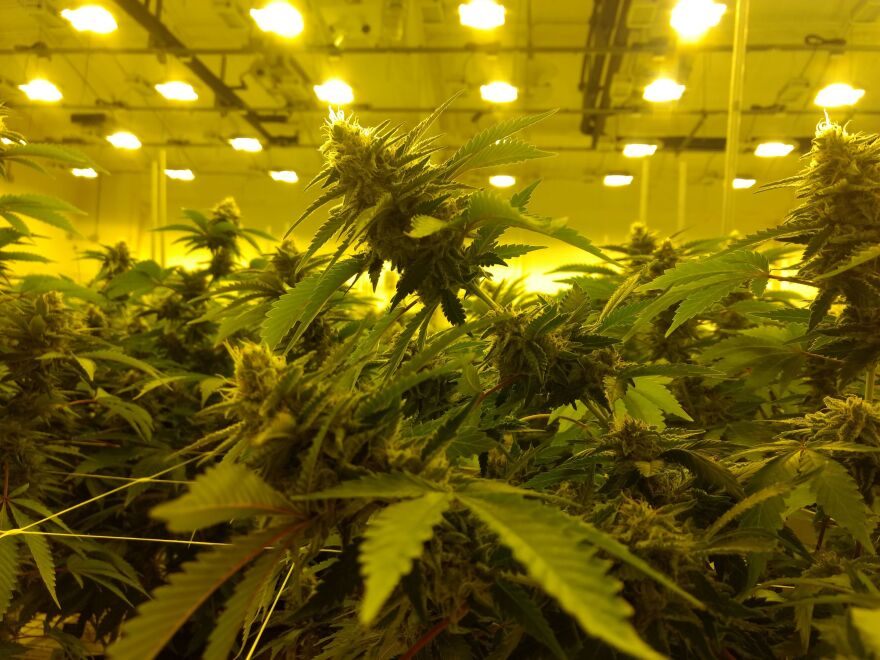Alaska is slowly regaining the thousands of jobs lost during the pandemic, but it may take a few more years for the state to return to 2019 levels of employment. An October report from the state labor department said Alaska ranked 47th in the U.S. for job recovery from 2019 through the first half of 2022.
Paul Martz is an economist with the state of Alaska. He looked at 10-year industry projections for the state in the October Trends newsletter. He says the oil and gas industry was already losing jobs in the years leading up to the pandemic.
Listen:
The following transcript has been lightly edited for clarity.
Paul Martz: So oil and gas had been down from the recession, from the oil price collapse, starting in like fourth quarter of 2015. And we haven't seen much growth from then leading into the pandemic. Obviously, there was another reduction in oil prices and further losses to employment. So we do have some positive outlooks for the industry in the short term. But we're not confident in any sort of long term, cascading set of projects that will buoy the employment back up to where it was prior to the previous recession.
Michael Fanelli: I know that there's heightened demand for mining certain critical minerals used in renewable technologies. But it looks like your projections are only based on the potential expansion of existing projects. Is that just because the approval process of new operations takes so long?
PM: Yeah, we mentioned that in the article. Yes, so the time it takes to get a mine up and running, developed, and operating is significant - probably well beyond the timeframe that we have for these projections, which end in 2030. So most of the growth we
MF: So one other thing that caught my eye was that you expect the marijuana industry to continue growing rapidly over the next decade. I mean, at least here in Anchorage, it seems like there's a dispensary on every other street corner. Is there really that much room for growth there?
PM: Yeah, so the industry has seen robust growth, even through 2021 - the pandemic only really slowed it down slightly. But yeah, I mean, it is a question that we're wrestling with. If there's a saturation point for this industry in the market, we don't see any evidence of it now. And it's a very new industry, you know, it hasn't been around nearly as long as the other ones. So getting a handle on the trends and how it moves is a little bit more difficult.
So while we do have it projected to grow at a high percentage, in terms of a high percentage growth that we have projected, the actual number of jobs isn't really all that much. It's a small industry in terms of employment. So the percentage looks impressive, but when you look at the actual number of jobs, it's not really all that many in regards to the overall economy.
MF: And then I was disappointed to see that you expect media jobs to continue declining, with the fastest shrinking occupation to be broadcast announcers. Is that just representative of the shrinking journalism industry overall you think?
PM: Yeah, so the occupations are based on the industry employment and, and when you have occupations that are concentrated in one industry and that industry is declining, then it cascades into those occupations. There is some uncertainty there because of changes in the industry itself. I'm sure you're aware of this, but the extent to which people are becoming freelance, we can't really track that, because then those people become self-employed, and they're outside the scope of our employment data.
And there's some technological advancements that have been occurring in the industry as well. If you look back 20 or 30 years, the amount of effort that goes into creating a print paper that gets mailed out is a lot more labor intensive than doing online publications. So that's sort of where we're at for that industry and in the occupations that fall within it.

